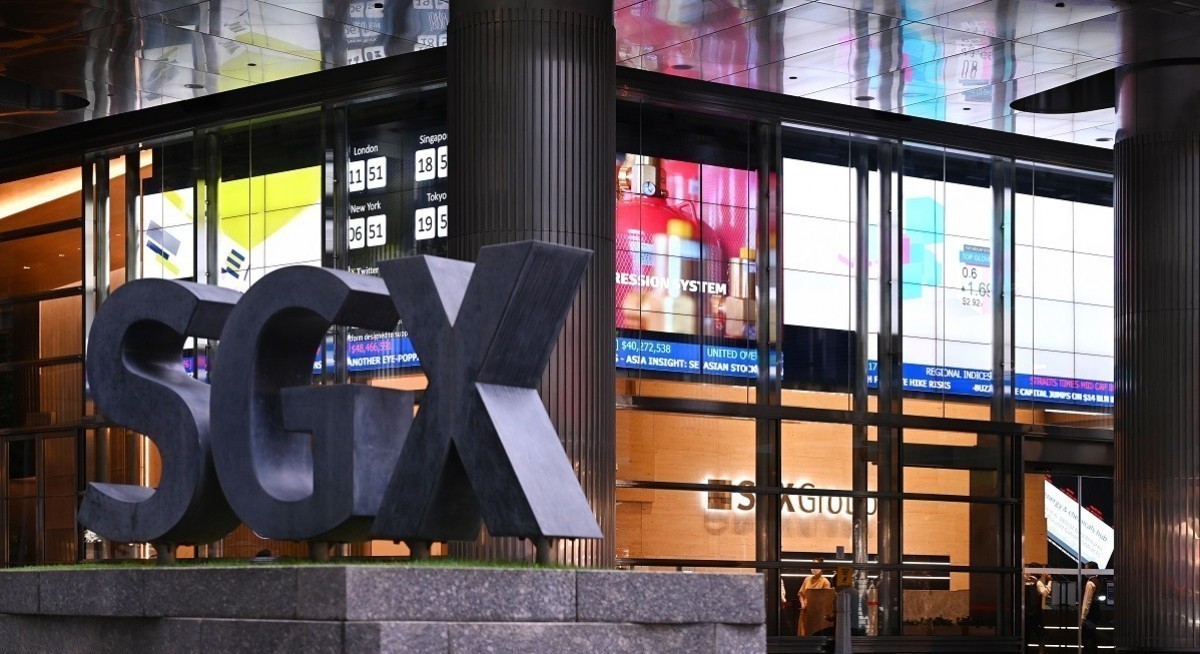Several industry insiders tell The Edge Singapore that a mix of different factors is behind the steady stream of delistings.
More IPOs and more delistings are not in conflict. “Delistings have been a global trend, not just particular to Singapore,” says Wayne Lee, chairman and CEO of W Capital. Year-to-date, W Capital has been involved in 47.1% of total privatisations by number and 72% by deal value in Singapore. Lee was the independent financial adviser for deals involving Japfa, Amara Holdings and Ossia International, and also for Niks Professional, which is pending.
With rate cuts resulting in cheaper funding, Lee believes more delistings are on the way, especially among small- and mid-cap companies of between $200 million to $1 billion. Not all of them will be on the radar of the EQDP fund managers, and many still suffer from low liquidity. Even though many have sound balance sheets and good cash flows, there’s no “market discovery” of their fair value, which makes them attractive to leveraged buyout (LBO) funds sniffing for such dislocations, says Lee.
The number of delistings has “definitely” gone down, but Terence Wong, CEO of Azure Capital, says privatisations will still take place amid a market at record highs. After all, a “rising tide can’t lift all boats significantly”, he says. Should the tide come in, more companies will be lifted, and by then, it will be more difficult to make sure delistings go through.
See also: Ultragreen.ai launches IPO at US$1.45 each, aims to raise US$400 million in gross proceeds
In a June interview with The Edge Singapore, Wong noted that the spate of delistings at the time was due to the cheap valuations and that there is “no impetus for them to delist if prices could go up”. “It doesn’t reflect a bad market. On the contrary, it says that the market is good, which is why they’re in a hurry to delist,” he said at the time.
Jason Saw, group head of investment banking at CGS International Securities, reiterates his view that readily available private capital is one key reason for more delistings to come. Saw’s firm is the financial advisor to the Spindex deal.
Tan Kian Tiong, partner and head of capital markets at SAC Capital, expects the number of delistings to dwindle as an improved environment prompts companies to pause and relook. These same companies are now “open to see how they can tap into the capital markets”.
See also: Grab-backed Super Bank seeks up to US$186 mil in Jakarta IPO
Tan reasons that the recent wave of delistings is from pipelines in 4Q2024 and 1H2025. These companies “had already progressed to an advanced stage in the delisting process and incurred professional fees, and therefore chose to see it through to completion,” he says.
Having said so, more companies may see more benefit in maintaining their listed status and decide that easier access to capital and investors’ interest will outweigh costs. Furthermore, delisting offers will be more expensive with share prices trending higher. At the moment, it has become “more challenging for potential offerors to table delisting proposals that can meet a fair and reasonable opinion from the independent financial adviser. This, in turn, has led to a natural deferral of potential delisting plans,” adds Tan.
Similarly, Jarick Seet, head of small- and mid-caps at Maybank Securities, sees more delistings amid a cheerier market, although such deals may be more difficult as valuations are no longer as attractive with the EQDP.
Chiam Tao Koon, who heads the Southeast Asia M&A team at Ashurst ADTLaw, says that undervalued assets are still looking at a possible listing now to capture the “promising uplift” in valuations. Meanwhile, underperforming listcos, which are finally seeing higher market caps, would still look to delist if their shareholders think their shares can do better.
As valuations climb and financing becomes cheaper, the question now is: Who’s next?




